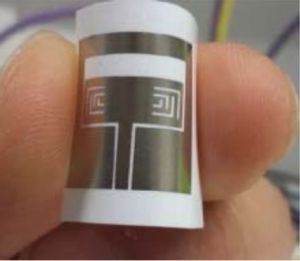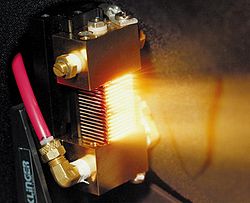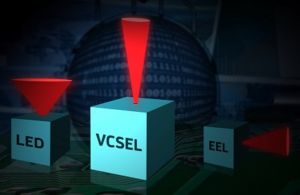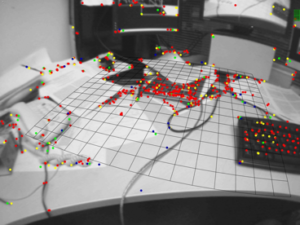FindLight Blog » Findlightopedia » Page 25 of 38
Optical Vehicle to Vehicle Communication System: How It Works
Vehicle-to-vehicle (V2V) communication system enables vehicles to wirelessly exchange information about their speed, location, and traffic information. The technology behind V2V communication allows ...
Innovative Electric Components for Millimeter Wave Communication
The millimeter-wave (MMW) region of the electromagnetic spectrum is a region of frequency band between 30 gigahertz and 300 gigahertz, and it is called the Extremely High Frequency range. These high ...
Diode Laser Array: Delivering High Power Outputs by Combining Stacks
High power lasers are used in the industry routinely for cutting, drilling, welding and micromachining materials. They have also found applications in medicine where tissue needs to be cut or heated. The ...
Computational Ghost Imaging: An Unconventional Solution
X-Rays and Imaging We commonly associate x-ray imaging with hospitals and broken bones, but why are x-rays the chosen source of radiation instead of visible light or electron beams? The high initial energy ...
Skin-Like Device Design Using the Monte Carlo Method
Researchers from Tsinghua University in Beijing, China, recently published their findings on using the Monte Carlo method during the design of skin-like optical devices. The Monte Carlo method allows for ...
Shape Reconstruction Methods in Continuum Robot
In recent medical research fields, continuum robot is becoming a prevalent topic because it can traverse confined spaces and manipulate objects in complex environments due to its compliant structure. With ...
Edge Emitting vs Surface Emitting Lasers: A Comparison of Performance
Edge emitting and surface emitting lasers present two configurations for laser emission using semiconductors. Edge emitting lasers came first but were quickly replaced by surface emitting lasers for ...
A Novel Handheld Viscosity Sensor for Medical and Industrial Applications
A research team at Keio University in Japan devised a novel handheld viscosity sensor capable of quick, non-contact in situ measurements. Viscosity is a fundamental property for liquid analysis in a wide ...
Visual SLAM: Sensor Application in Autonomous Mobile Robots
Visual SLAM is now a trending approach in autonomous mobile robot development. Mobile robot is the one capable of transporting itself from place to place. For example, the first mobile robot emerged as a ...
Holographic Technology: More Than Entertainment
People who are fans of superhero movies will remember that iconic scene in Iron Man where Tony Stark is in his workshop moving around all of the holograms. Even more iconic is that scene in A New Hope when ...










